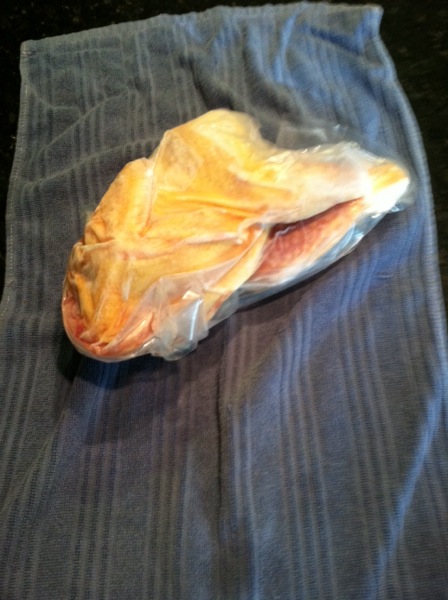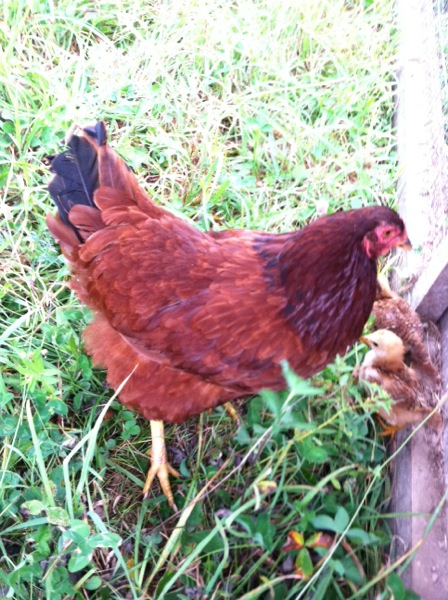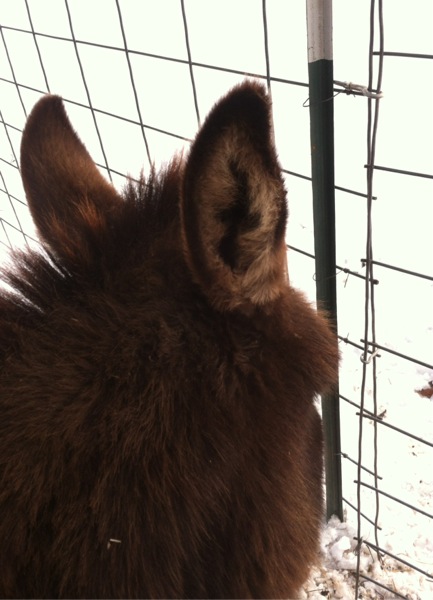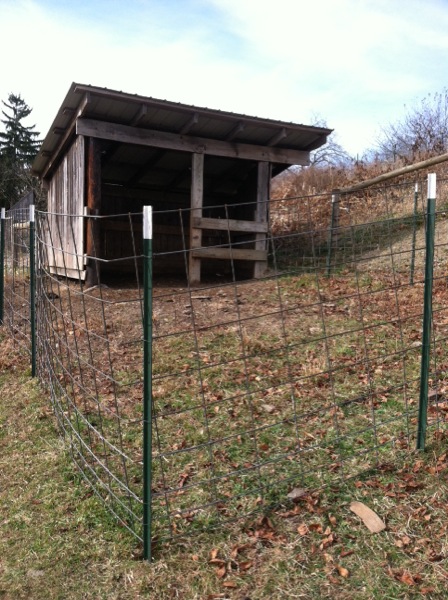It may be frigid outside, but my mind is filled with thoughts of spring's pastures and baby animals and money.
So far this morning I have done research on lamb ear tags since we have experienced a high number of tag failures. Buying the tags will be the easiest part of the equation, figuring our what coding best suits our management system is a bit trickier. Although the cost of each tag is small, once coupled with the time needed to retag lambs, our production costs rise.
I have also been looking at the cost of production for poultry. Some costs are fixed, such as the price of peeps, shipping and processing. The price of feed can change, and since we have opted to raise the fast growing birds with local, certified organic grain, the starting point is almost twice that of conventional feed. With exercise and low caloric pasture as part of our birds' diets, our poultry has never achieved the advertised feed conversion rates listed in poultry catalogs. The numbers, especially for duck, are steep.
As a farmer,the stark financial realities of small farm food production are impressive, yet we are still committed to growing high quality, humanely raised meats. As a cook, my efforts to extract the most food value from the fat, bones and meat of our products is renewed.






























